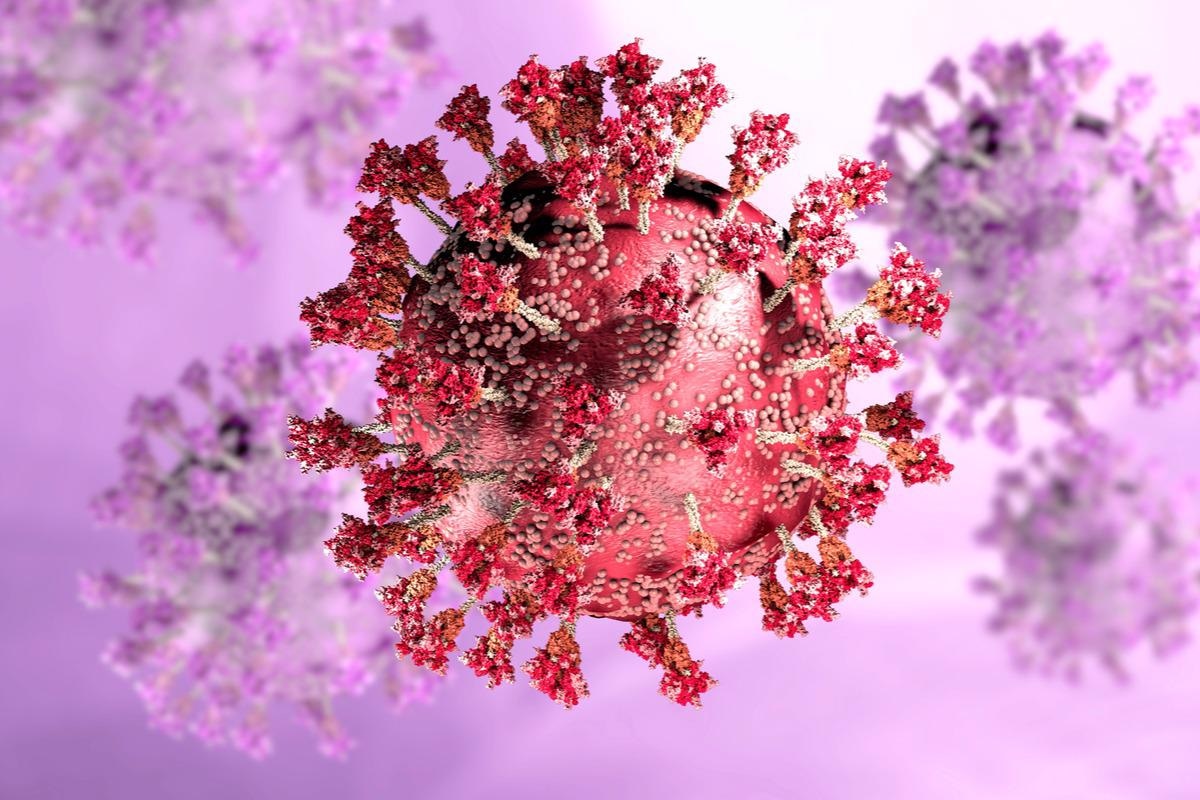Most developed countries have enacted mass vaccination schemes to protect their population against coronavirus disease 2019 (COVID-19). However, as the vaccines were developed quickly, not much information is available on the safety or efficacy of these vaccines for those with diseases such as HIV.
Study: High seroconversion rate and SARS-CoV-2 Delta neutralization in PLWHIV vaccinated with BNT162b2. Image Credit: Naeblys/Shutterstock
Researchers from Sorbonne Universite have been investigating the effect of the BNT162b2 mRNA vaccine on HIV-positive individuals. A preprint version of the study is available on the medRxiv* server while the article undergoes peer review.
The study
The study included any HIV-positive individuals with a CD4 cell count below 500/mm3 and a viral load below 50 copies /mL, as long as they had been on stable antiretroviral therapy for at least three months and were eligible to be vaccinated. Previously vaccinated individuals were excluded, as were those who had received a positive severe acute respiratory syndrome coronavirus 2 (SARS-CoV-2) test result in the previous 15 days, anyone who was potentially allergic, and those who were pregnant.
Detection of anti-nucleocapsid IgG antibodies and anti-spike antibodies was assessed by a commercially available chemiluminescence assay. Semi-quantitative ELISA virus neutralization assays based on antibody mediated blockade of the spike protein interaction with receptors were used to detect neutralizing antibodies, with whole virus replication neutralization tests against the wild-type, Beta, and Delta strains used to assess the neutralization capacity of the sera.
Flow cytometry allowed the detection of lymphocytes and NK cells from blood samples at each visit. The researchers collected data on COVID-19 history, opportunistic infection, HIV history and clinical data surrounding that infection, blood cell count, liver and kidney test, and class of antiviral therapy.
In the statistical analysis, patients were described with quantitative variables expressed as median and interquartile ranges and qualitative variables expressed as number/percentage. 95% confidence interval limits were used, along with Wilcoxon rank-sum tests, Student t-tests, and Fisher’s exact tests for more specific analysis.
The researchers identified 97 individuals with both HIV and seroprevalence of SARS-CoV-2 antibodies (PHIV). All of these showed a viral load below 50 copies/mL, had a median CD4+ cell count of 401/mm3 and the average time from HIV diagnosis was 11 years. 71% of PHIVs received integrase inhibitors-based therapy, and 85 out of 97 had received two shots of the vaccine. At baseline, approximately 15% of PHIVs showed positive anti-nucleocapsid IgG, and 23% showed positive anti-RBD IgG – suggesting previous COVID-19 infection.
The seroconversion rate in anti-RBD IgG was 97%, and the median titer was 0.97BAU/mL at day 0 and 1219 at month 1. Only two patients did not develop anti-RBD IgG at month 1. Neutralizing antibody capacity improved significantly between day 0 and month 1, as a virus neutralization test showed the presence of Nabs against the wild-type, Beta, and Delta strains at 82%, 77%, and 84%, respectively, by the end of the first month.
Subgroups analysis at the end of month one showed seroconversion rate and average anti-RBD IgG titer were 91% and 852BAU/mL in any PHIVs that showed a CD4 level below 250/mm3, and 98% and 1270 BAU/mL in those above. 73% of those with a CD4 level below 250mm/3 showed Nabs, and 97% of those above this limit. The researchers found no significant difference in the ability of the antibodies to neutralize the wild-type or delta variants in patients with higher or lower levels of CD4. Still, those with lower levels showed a 50% reduction in neutralization capacity against the Beta variant, and those with higher levels had a 19% reduction.
Finally, the scientists analyzed the volution of anti-RBD IgG levels and neutralization titers before and after vaccination, specifically examining individuals who had contracted COVID-19 previously. At month 1, patients who had previously contracted the disease showed a significantly higher anti-RBD IgG level compared to naïve patients, with 2345BAU/mL compared to 1012BAU/mL, respectively.
Still, there was no difference in neutralization capacity. No changes were seen in the rate of CD4+, CD8+T, NK cells, or the ratio of lymphocyte types. A slight decrease in CD19+B cells was seen, mirroring the effect observed in healthy individuals.
Conclusion
The researcher’s highlight that their study is one of few which identifies the realities of COVID-19 vaccinations for HIV-positive individuals. Their data shows that the BNT162b2 vaccine works well in PHIVs, and previous studies support this. They also show that the impact of CD4 count appears not to affect seroconversion rate or median anti-RBD IgG titer and that COVID-19 vaccination is safe and effective for these individuals.
*Important notice
medRxiv publishes preliminary scientific reports that are not peer-reviewed and, therefore, should not be regarded as conclusive, guide clinical practice/health-related behavior, or treated as established information.
